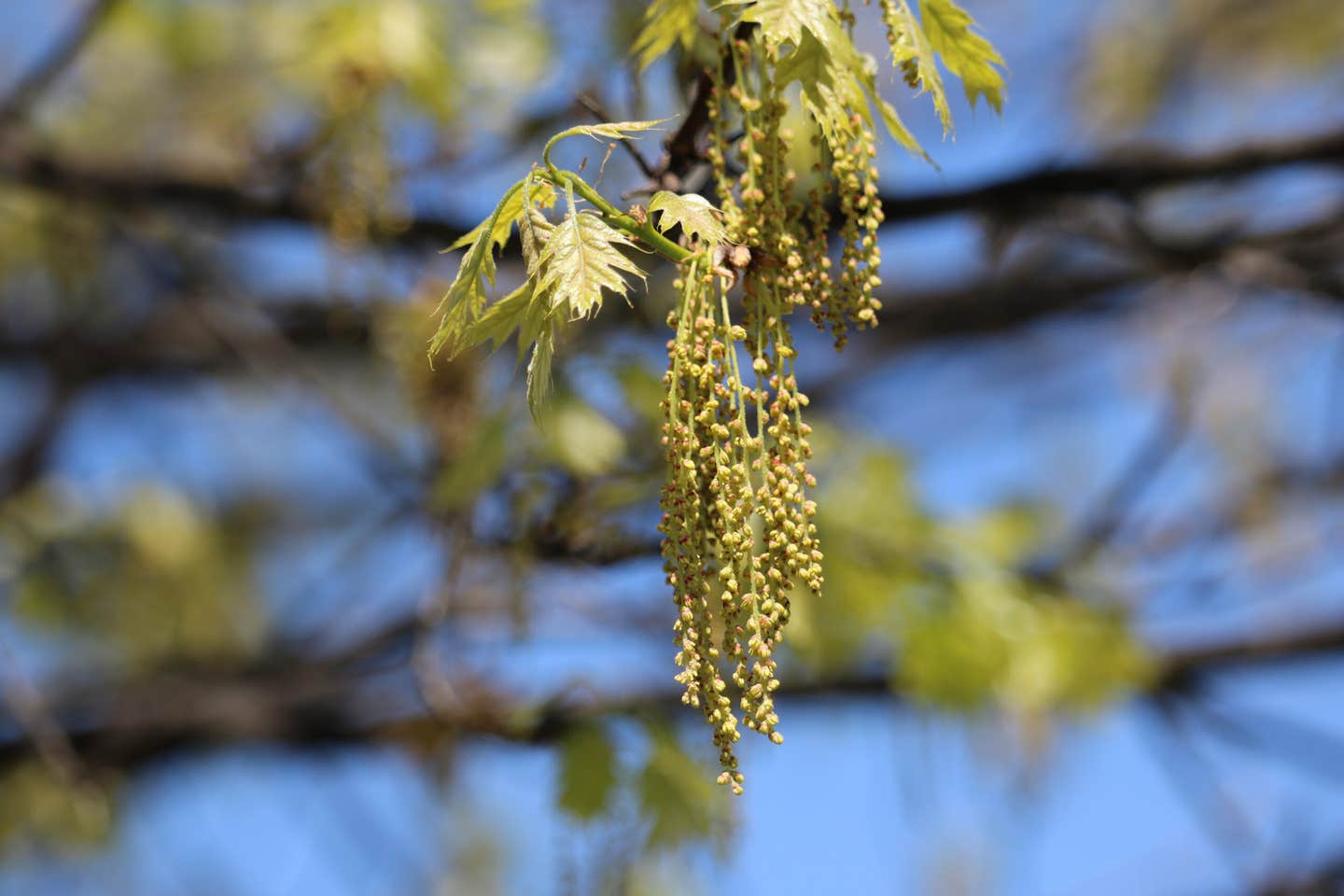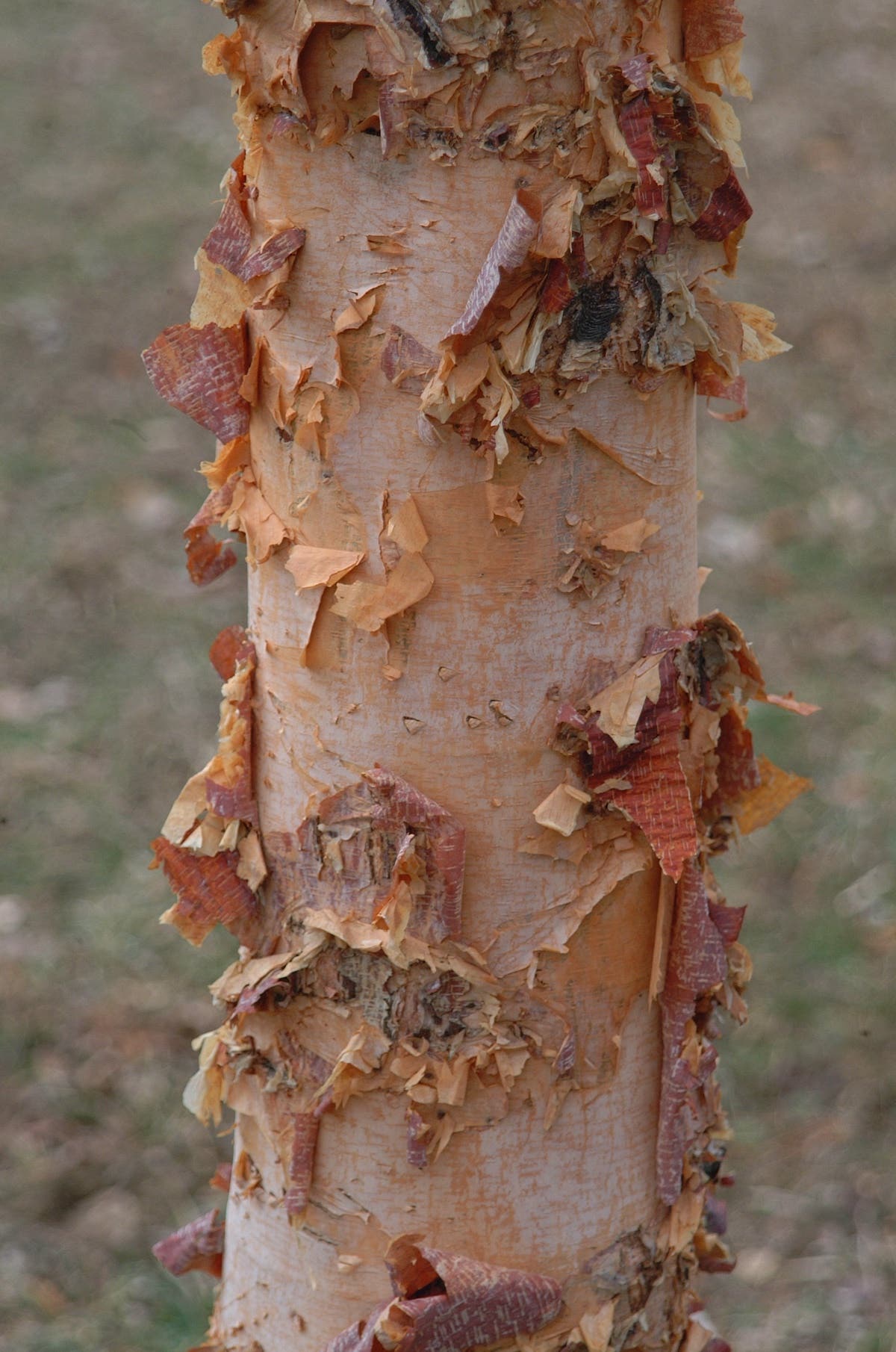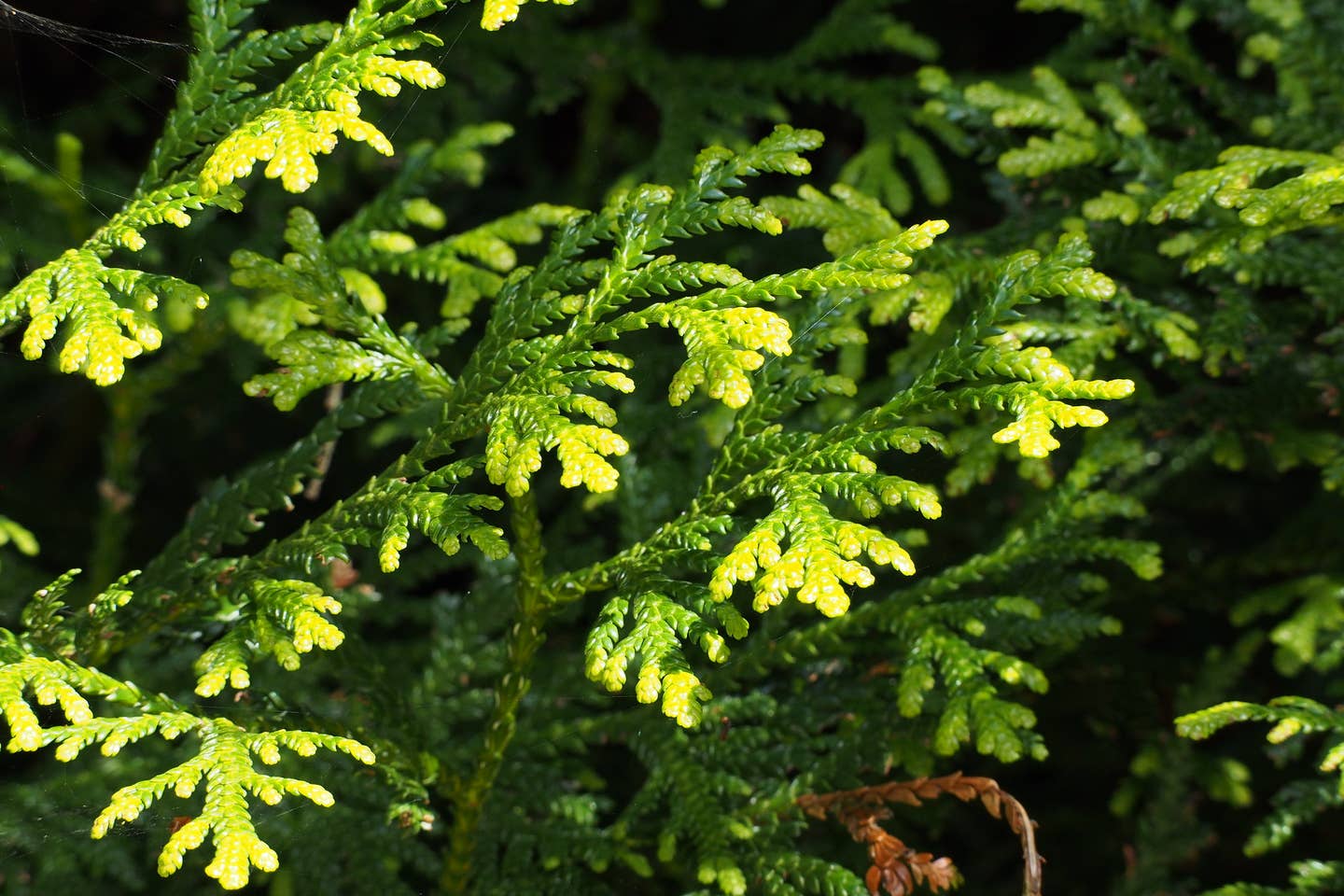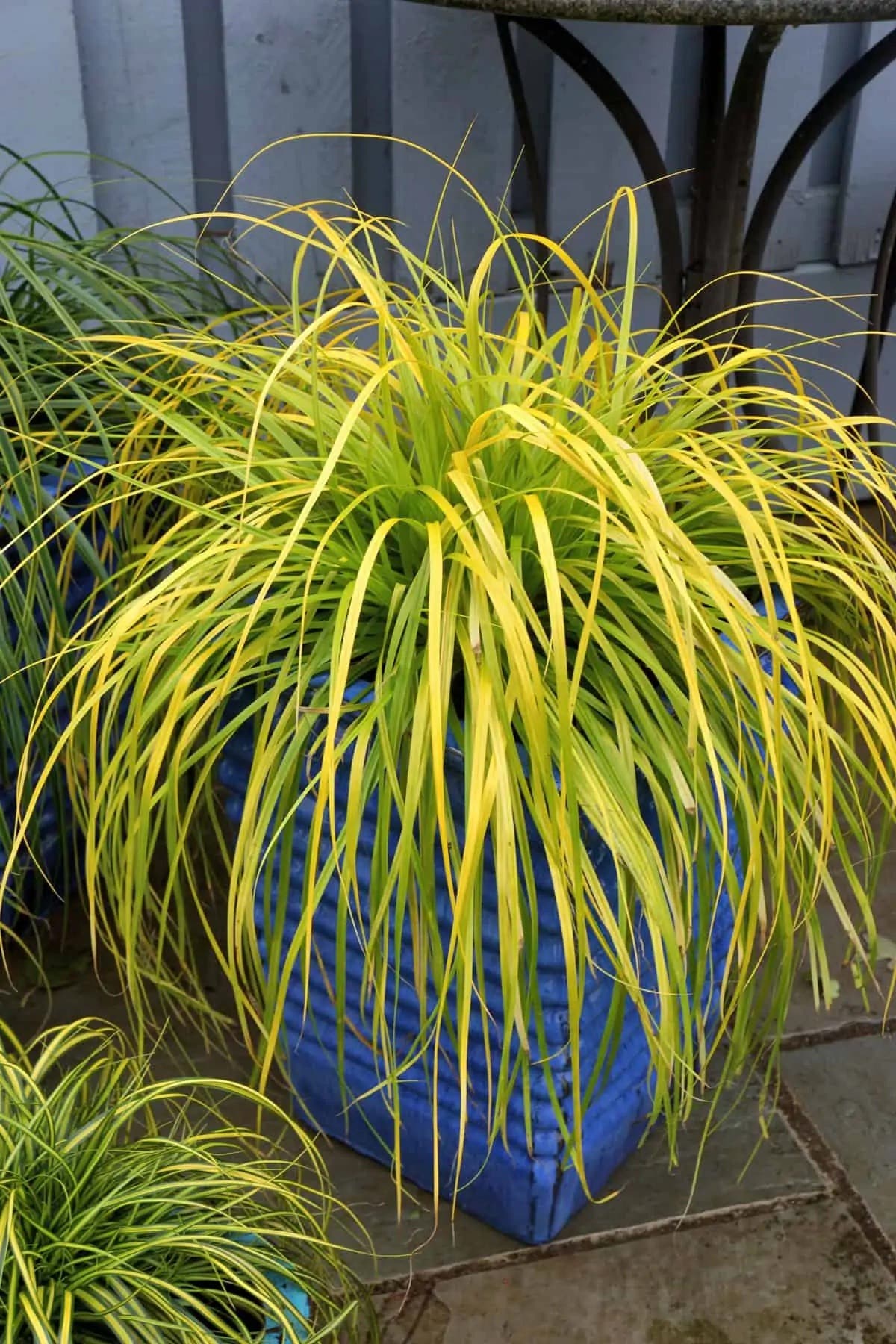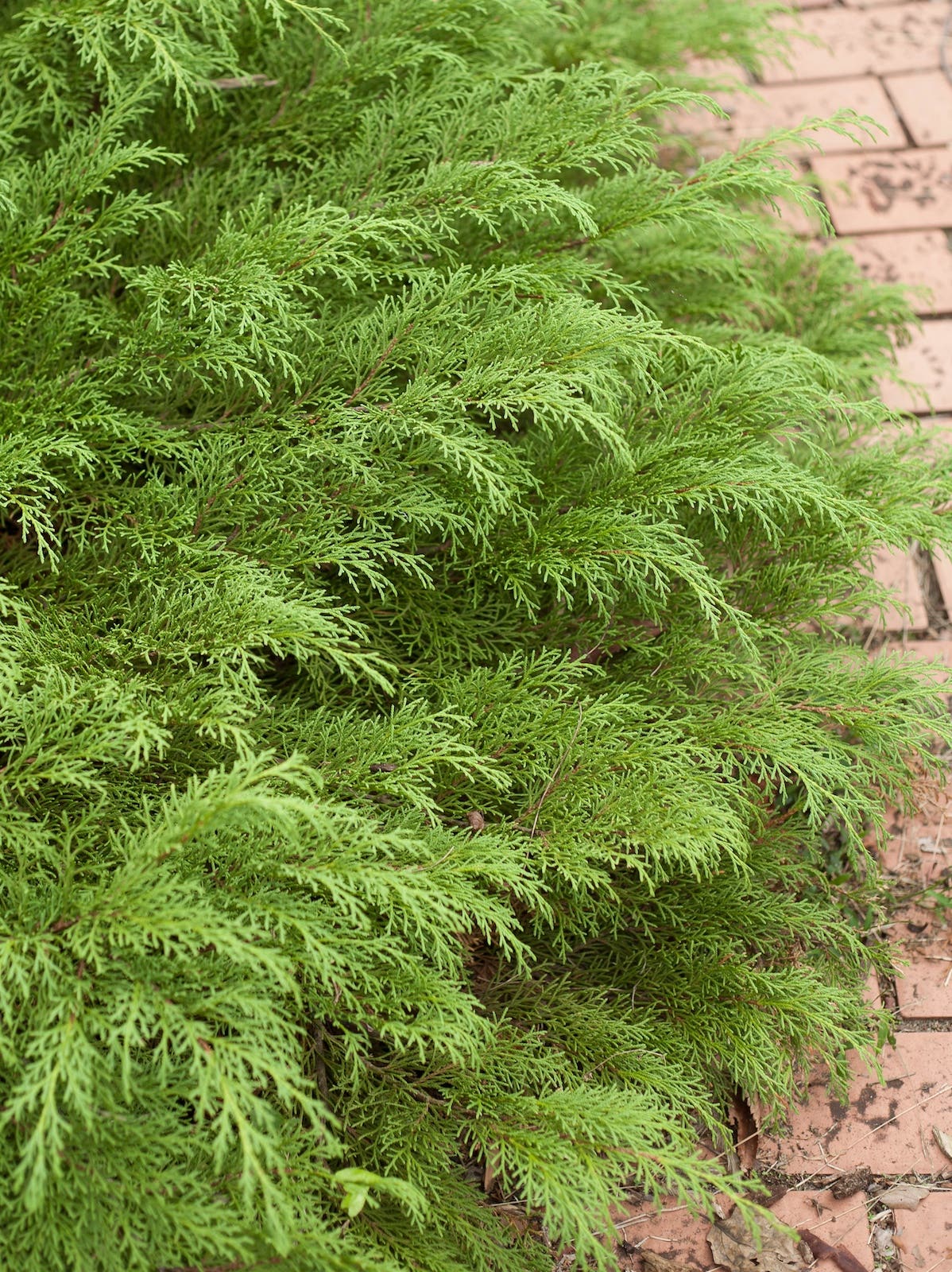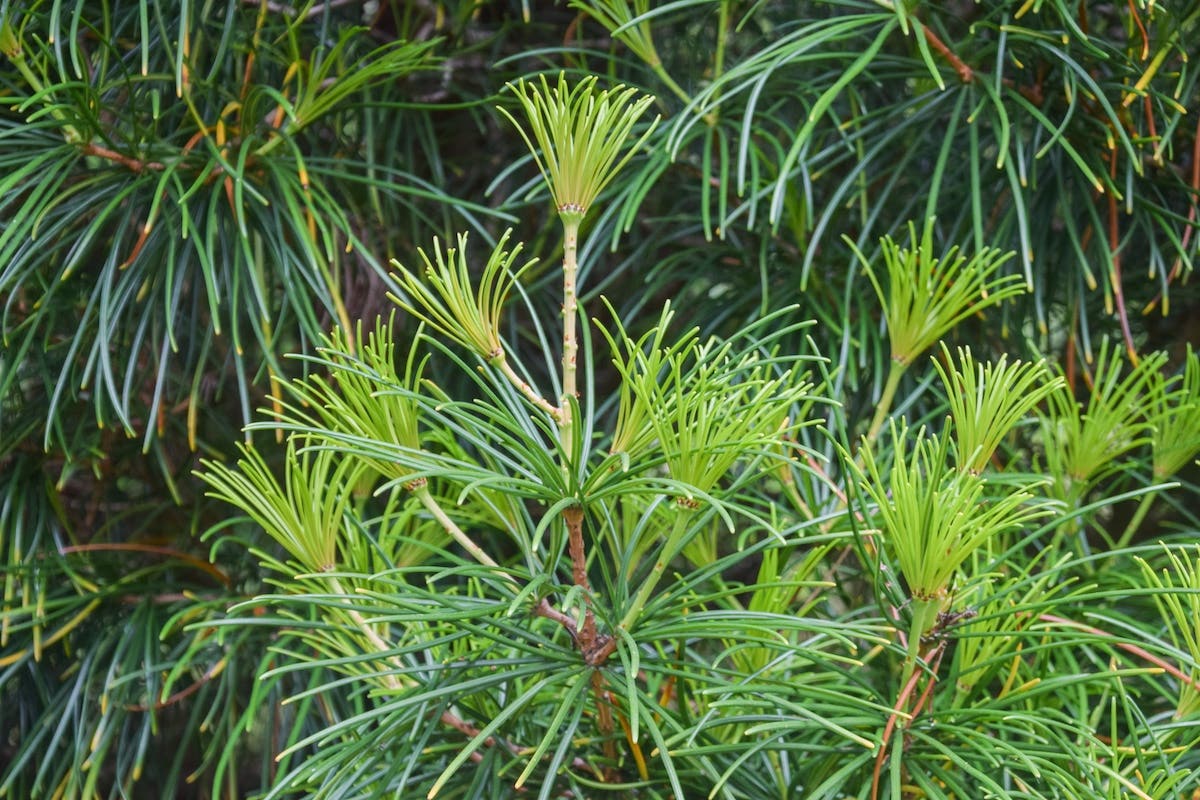Restios: Great Grassy Plants
Restios are textural, colorful grasses for gardens or containers.
Dan Hinkley recommends these grassy South African plants, which contribute colorful texture. They can be grown in pots or in the ground.
Intro to Restios
Growing Restios
Web Extra: What is Fynbos?
Intro to Restios
Consider a clumping creature with feathery shags of green foliage on stems rising to six feet. In early spring, the new stems grow like spears of hallucinating bamboo, sheathed in a surprising arrangement of pinks, crimsons, greens, grays, and indigos.
It is a tasteful yet daring combination of colors that at once makes you wish to cut it, grow it, and eat it-though the latter is not among the advised alternatives to the best of my knowledge. Meet Cannomois virgata.
Cannomois is one of numerous genera within the Restionaceae, a family of grass allies. But for a couple of wayward species native to New Zealand and Australia, the entire family is found in South Africa, in particular the fynbos (link as webextra) of the southwestern Cape. Because wildfires there are a near yearly event, the seeds of all members of this family require smoke, heat, or a combination of both of these to germinate.
The type genus is Restio; it more or less defines the characteristics of the family at large. They are clump-forming plants with rounded, rushlike stems cloaked by colorful bracts that often (but not always) take the place of foliage. Nearly all members of the family are dioecious, with the two sexes expressing extraordinarily different personalities. Because of this, their taxonomy as a whole is a little bit tricky. While male and female birds may appear very different from one another, they are often easily identified as a single species. The less obvious rituals of the plant kingdom, however, leave some doubt as to what pollen was meant for what pistil.
Growing Restios
Though evergreen in nature, these plants' adaptation to wildfire suggests that the older stems can be periodically cut to the ground by hand or by temperatures exceeding their cold hardiness and recover fully from dormant buds below. That said, the family is considered a temperate aggregation of plants and considered fully hardy in USDA Zones 7 and warmer. Fortunately for those living in colder climes, they are all excellent candidates for container culture and can be stored over winter in a cool protected location.
One of my favorites is Chondropetalum tectorum, a smashing plant that attracts the attention of nearly everyone visiting our garden in Indianola, Washington. Leafless deep green stems rise to five feet, each interrupted by regularly spaced sheaths of suede brown. I recently saw it in a garden near Santa Cruz, California, and I was blown away by its textural effect in the landscape-a five-by-five-foot bundle of fiber optics. This winter in our Indianola, Washington, garden, Chondropetalum tolerated lows in the mid-teens without suffering damage.
Elegia capensis has also found its way to our garden. Its habit of growth, though more demure than Cannomois virgata, adds drama to the spring garden with its flared transparent white bracts that ultimately unfurl in whorls of spidery green foliage. A cut stem of this would make even the most jaded of Parisian floral designers pause. Indeed the flower markets of the Netherlands are now brimming with cut stems of numerous restios, which last as such for weeks. In the garden or container, lit by a low-angled sun, E. capensis creates an exciting display.
Though Thamnochortus giganteus might look like a variation of the above in foliage, the flowering stems are unbelievable-yet another admirable trait of this group of plants. The tall scapes, rising to six feet, are capped by gilded, drooping flowers that would likewise create a shiver among the cognescenti of flower arranging. This effect is brought on only by male plants, the females being decidedly more quiet.
Having seen so many of the Restionaceae in the wilds of South Africa and grown to perfection by gardeners in the San Francisco area, I have sown nearly 90 species held within the ranks of the family. Their genera come with foreign and intimidating names, such as Askidiosperma, Ischyrolepis, Merxmuellera, and Willdenowia. As we learn more about the adaptability of individual species to gardens on the Pacific Coast and to container culture elsewhere, these names may well become commonly heard.
Web Extra: What is Fynbos?
Habitat: Fynbos is restricted to acidic (pH 4.4 or less), coarse-grained soils that are low in nutrients, especially nitrogen. It is rarely found in places where the annual rainfall is less than 16 inches per year, or those that experience periodic droughts. By far the greatest percentage of fynbos occurs in climates characterized either by mild, wet winters and hot, dry summers or by intermittent rainfall throughout the year.
Fynbos (an afrikaans word meaning "fine bush") is an evergreen, hard-leaved heathland that occurs naturally at the southwestern tip of Africa. It is dominated by small- to medium-leaved shrubs and perennials, especially members of the restio, erica, protea, pea, citrus, rose, and jujube families.
Flora: Although poor in trees, fynbos is unusually rich in geophytes (popularly known as bulbs). Contributing well over 15 percent of the flora, geophytes are three to seven times as diverse in fynbos than in other Mediterranean-type shrublands. Southern Africa, unlike other regions of the world, has enjoyed this seasonal but fairly mild, predictable climate for millions of years. This climatic stability, combined with an open vegetation that allows space for bulbs and a great diversity of habitats, favored the accumulation of bulbous plants. With the establishment of a largely seasonal (winter) rainfall pattern over the past five million years, the stage was set for the extraordinary burst of species that characterizes fynbos.


